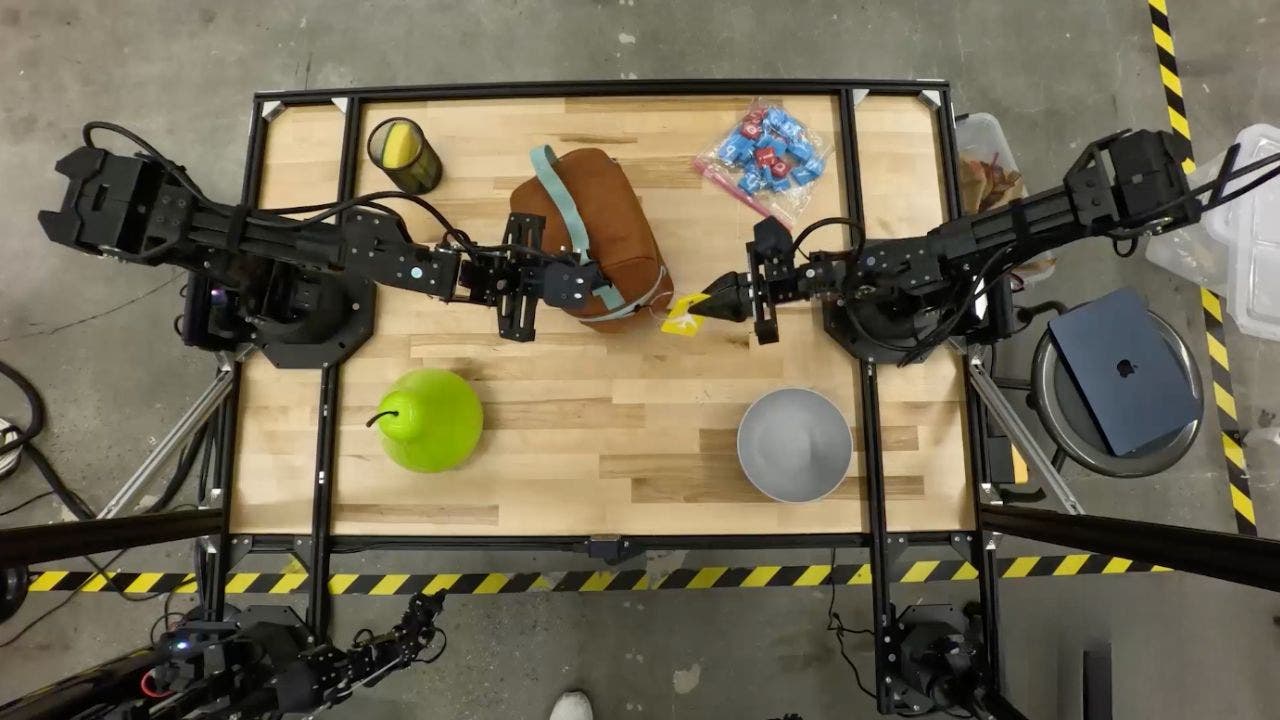Got a rat problem? Replace poison with owls, conservationists suggest

Londoners with a rodent problem shouldn’t be so quick with the poison, a local conservation group suggests. Instead, they say you could let owls take care it.
The Responsible Pest Management Pilot Program is now accepting applications from people who are having issues with rats and mice and want a more humane way to get rid of their pests.
“We can protect buildings by caulking, sealing, putting construction materials in place to seal off the structure. There’s no need for rodenticides or poisons,” said Jared Houliston, president of Ontario Wildlife Removal, one of three organizations behind the pilot project.
Houliston has partnered with Bird Friendly London and Green Economy London to encourage environmentally friendly solutions to pest control.
Rodenticides are too often used by businesses and residential buildings to deal with pest control issues, he said.
The pilot project’s solution is to take a more proactive approach which also includes removing sources of food and installing owl boxes that will house Eastern Screech-Owls to hunt rodents instead.
“We place them in certain areas we hope that only owls will get to. In a barren tree that’s up 20 feet high with a little bit of shade or on the sides of buildings. We even have them posted up on little back fences and upper peaks of residential roofs,” Houliston said.
Poison kills more than just rats
Second-generation anticoagulant rodenticides — which were recently banned in B.C.— are a common form of rodenticide used in Ontario, experts say.
But they’re also a pretty greusome way to die. After a rat or mouse ingests the poison, it interferes with blood clotting and causes the animal to die within four to 14 days. The poison works quicker than first-generation anticoagulants, but stays longer in the tissue, meaning it can be passed to non-target species.
If a bird of prey — or a cat — eats enough of a rodent that’s been poisoned, they too will die, said Brian Salt, the director of Salthaven Wildlife Rehabilitation and Education Centre, located in Strathroy.
“It’s a horrible way to go because the animal bleeds out internally,” he said.
Part of what Salthaven Wildlife does is treat sick animals, and he said for every bird of prey they can help, there could be dozens that they never see.
“When a wild animal is sick, it is very vulnerable in the wild and they look for places to hide. Rodenticide should only be made to kill once. Unfortunately, that’s not the case,” he said.

People need to think about alternatives to rat poison, said Brendon Samuels, the coordinator of Bird Friendly London.
While the project is limited to London residents, the organizers hope they can encourage the city, and other municipalities, to eventually phase out poisons from their pest control options.
“Municipalities have the capacity to regulate how rodenticides can be sold in the city. This program can serve as a model to inspire other cities on how they deal with pest control,” he said.
Educating the public on the benefits
The pilot project also acts as an education tool about sustainable pest management for building owners and managers, said Alix Robinson, the sustainability solutions coordinator at Green Economy London.
Eligible applicants must be occupants or managers of buildings that have had rodent issues in the past, and the program will prioritize buildings near natural areas, she said.

Five residents and businesses will be chosen from among the applicants.
Those chosen will get a subsidized building inspection by Ontario Wildlife Removal to help identify how and why rodents are making their way in, help with developing a plan to limit rodent infestations, a small sum of money for pest solutions, and a free owl box.
Samuels stressed that the money from the pilot project does not have to be used to hire Ontario Wildlife Removal.
The deadline for the application is August 31 and the pilot project is expected to last until January 2024.




